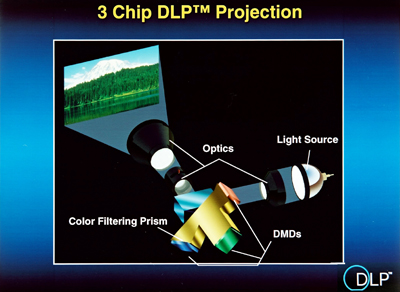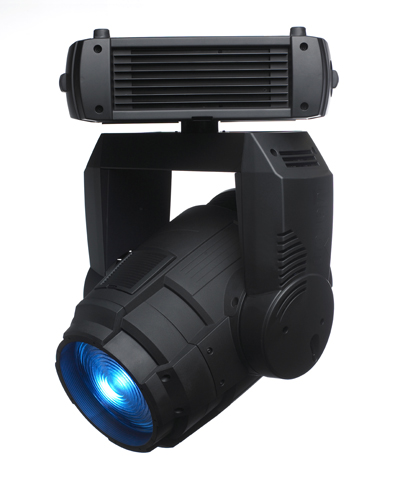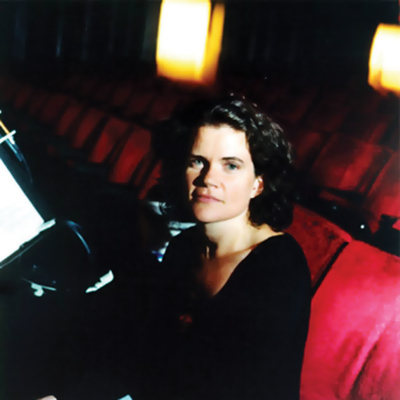Illumination Inflation: But It Goes to 11!
A funny thing happened on the way to the top of the grand master fader. I found out that it not only goes up, but it also comes down. It was a complete accident, but it turned out to be a discovery that was right up there with the time I found out my VCR wasn’t supposed to flash “12:00.”
When a tour manager voiced concerns about the pacing of a show, I listened intently as he described what he wanted to see. He wanted the show to build. He wanted a steady building of lighting looks, punctuated by a climax. He wanted to hold back the best for last. In short, he wanted the impossible.
Read More »







